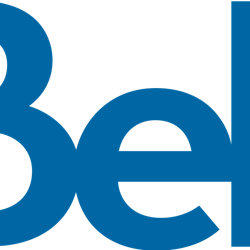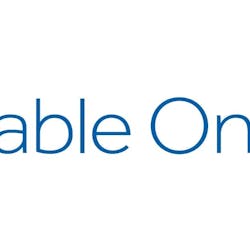AT&T (NYSE:T) and Comcast (NASDAQ:CMCSA) have teamed up to combat fraudulent robocalls by making an exchange of authenticated calls between two separate providers' voice networks that the companies believe is the nation's first.
AT&T and Comcast plan to begin offering authentication on calls between networks to customers later this year. Customers could soon start to see verified calls not only from callers using the same provider, but more importantly, from other participating providers.
The test used phones on the companies' consumer networks - not in a lab or restricted to special equipment. It was conducted March 5 between AT&T Phone digital home service and Comcast's Xfinity Voice home phone service.
The calls were authenticated and verified using the SHAKEN/STIR protocol, which AT&T and Comcast helped develop and refine.
SHAKEN/STIR verification is intended to let consumers know that an incoming call is really coming from the number listed on the caller ID display. While authentication won't solve the problem of unwanted robocalls by itself, it is a step toward giving customers greater confidence and control over the calls they receive.
For example, a call that is illegally "spoofed" - or shows a faked number - will fail the SHAKEN/STIR Caller ID verification and will not be marked as verified. By contrast, verification will confirm that a call is really coming from the identified number or entity.
Over the coming months, other service providers will be conducting similar tests with each other's systems to verify that their SHAKEN/STIR implementations are compatible.
AT&T and Comcast jointly chair the working group developing the technical standards for SHAKEN/STIR. AT&T holds the chairmanship of the industry board overseeing the SHAKEN/STIR effort, and Comcast is a member of that board.




